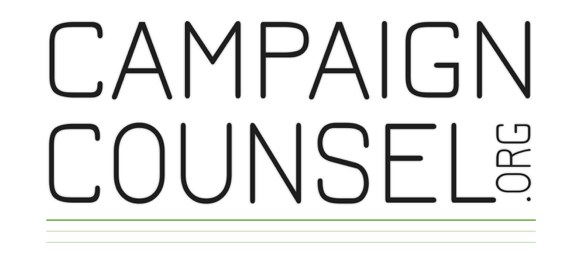If you’ve ever flinched at the idea of using another organization’s public donor list to inspire your own capital campaign prospecting, you’re not alone. The hesitation is real—especially in tight-knit communities where nonprofits often collaborate, share board members, and even support each other’s campaigns. Here’s how to navigate this delicate issue with clarity, confidence, and class.
All in Campaign Committee
Ask the Expert: Why Must we Wait to Take our Capital Campaign Public?
Ask the Expert: Why do we have to wait to take our capital campaign public? In the capital campaign world, the best time to begin your public phase is after you have reached 90%-95% of your total goal through personal solicitations. Going public too soon can cost you major gifts.
Ask the Expert: Can an Inexperienced Board Achieve Capital Campaign Success?
Ask a capital campaign expert: Can an inexperienced board achieve capital campaign success? Our advice: Take deep breath and follow the process. Capital campaigns find success by following a specific and very common process. A vital part of that process is recruiting committee members who can expand your reach to potential donors with whom you are not yet connected.
You Joined a Capital Campaign Committee. Now What?
Congratulations on joining a capital campaign committee! Your involvement is crucial for the success of this major fundraising project. But if you’ve never served on a capital campaign committee, you may wonder how you got asked to join this committee and what you’ve gotten yourself into. Here’s what you need to know.
Incorporate Capital Campaign Planning Study Findings into Your Plan
Achieving your nonprofit’s fundraising goal is dependent upon your campaign leaders incorporating the Campaign Planning Study findings into the organization’s comprehensive campaign plan.
Six Tips for Volunteer-Led Capital Campaigns
Volunteers can lead a successful capital campaign; however, the amount of work does increase exponentially. Being prepared helps. If you are a volunteer-led (or even one-person staff) nonprofit, these tips will help you find success in your capital campaign preparations and fundraising.







